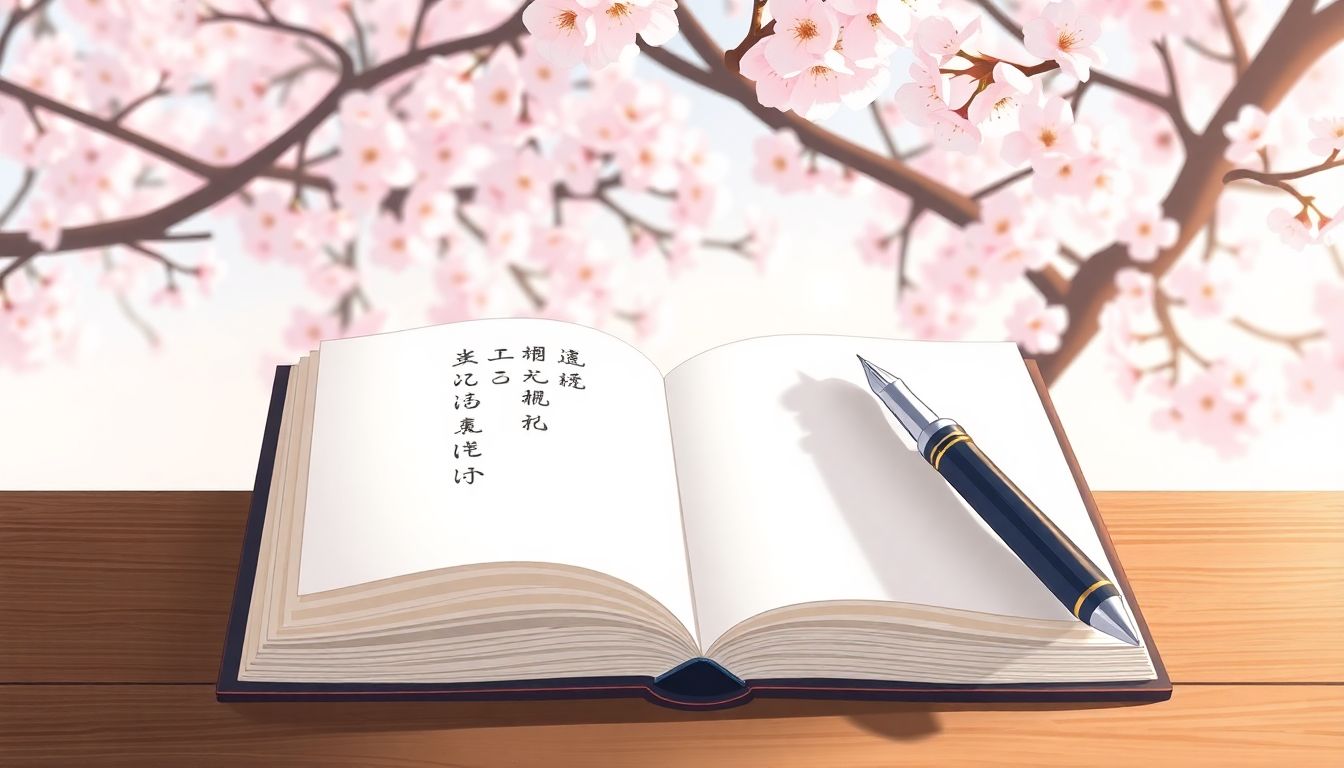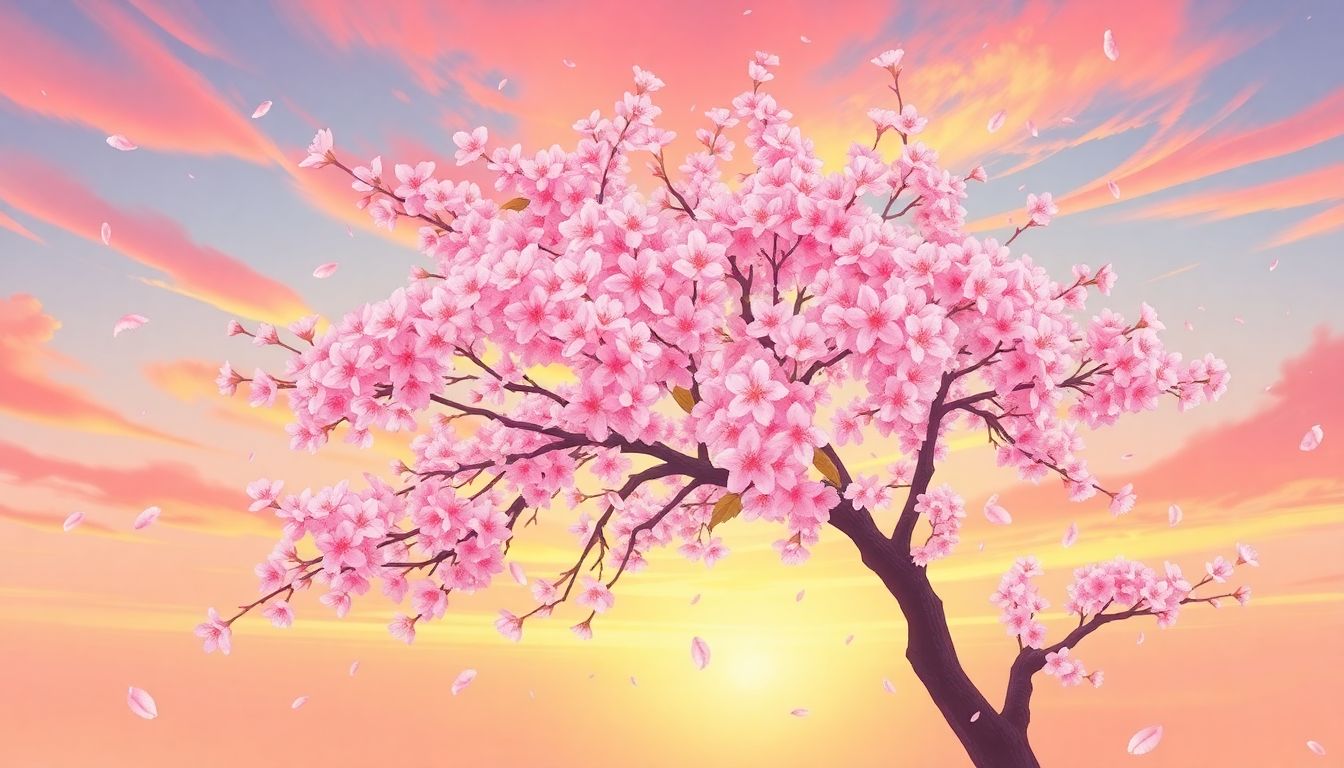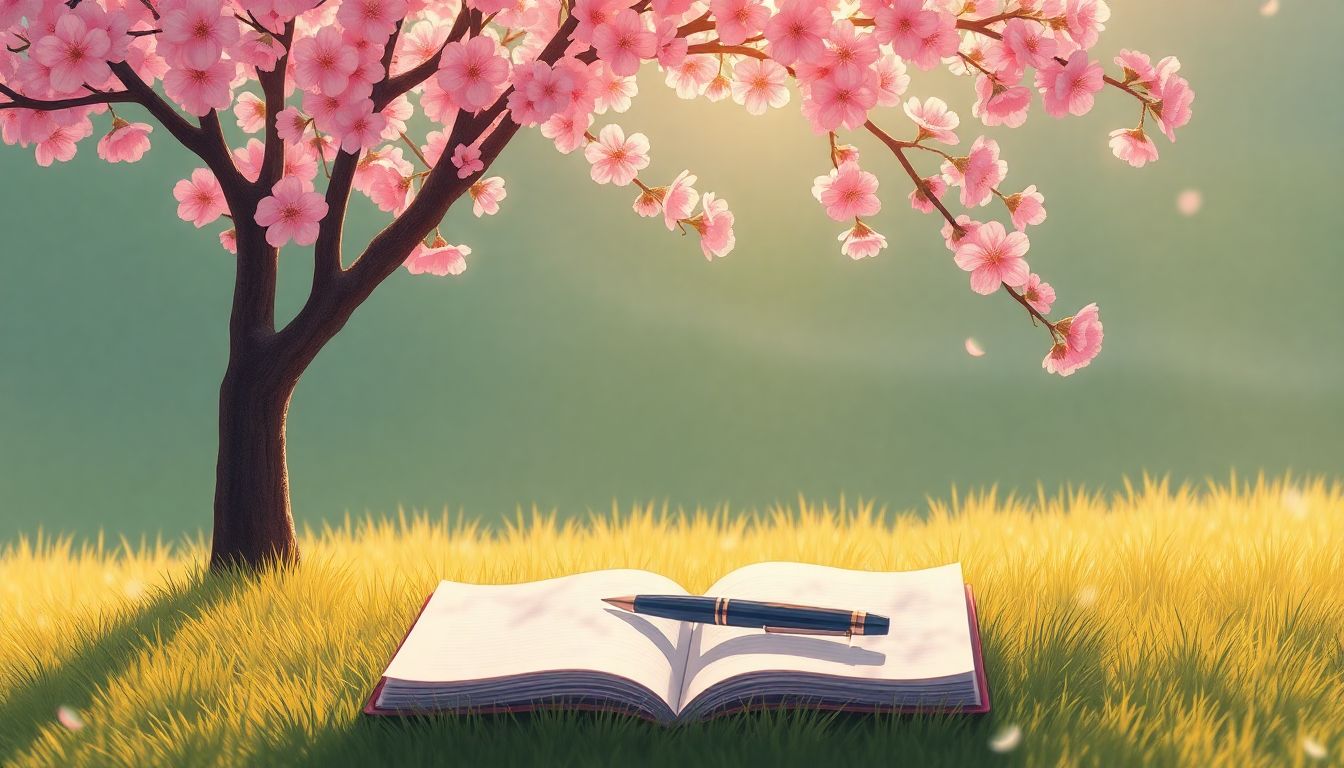Do you ever stare blankly at a blank page, wishing inspiration would magically strike for your haiku? You’re not alone! Many of us struggle to find that perfect blend of nature, emotion, and brevity that makes a haiku sing.
But what if I told you there’s a way to spark your creativity and craft beautiful haikus with ease? Stick with me, and I’ll share how ChatGPT can be your poetic partner in finding the right words and themes.
From unique prompts to tips on getting the best results, we’ll explore how you can elevate your haiku game and maybe even impress yourself along the way!
Key Takeaways
- Use creative prompts to spark inspiration for your haikus.
- ChatGPT can generate haikus by providing themes and emotions in your prompts.
- Experiment with different themes like nature, emotions, and seasons for variety.
- Refine your haikus by asking ChatGPT for variations and adjustments.
- Be specific in your prompts for more vivid and personalized haikus.
- Enjoy the process, as creating poetry should feel rewarding and fun.

10 Creative ChatGPT Prompts for Writing Haikus
If you’re looking for a spark of inspiration, these ChatGPT prompts can help you craft engaging haikus.
- Generate a haiku about a quiet morning in nature.
- Write a haiku inspired by an unforgettable memory from childhood.
- Describe the changing seasons with a haiku focused on fall.
- Create a haiku that reflects the essence of a bustling city.
- Compose a haiku about the beauty of a single flower.
- Write a haiku about the feeling of longing on a rainy day.
- Generate a haiku that captures the magic of a starry night.
- Create a haiku based on a favorite book or character.
- Describe a tranquil beach scene with a haiku.
- Write a haiku about your favorite childhood game.
How to Use ChatGPT for Crafting Perfect Haikus
Using ChatGPT to create haikus is straightforward and fun.
Start by providing a clear theme or emotional context for your haiku.
For example, prompt ChatGPT with “Write a haiku about the ocean at sunset.”
Make sure to specify the mood you want to convey, like joyful or reflective.
After generating a haiku, refine the output by asking for variations or adjustments.
You can say something like, “Make it more about tranquility.”
Also, don’t hesitate to provide your own lines or ideas for a personal touch.
Experiment with different prompts and moods until you find what resonates.
Lastly, enjoy the process! The act of creating poetry should be rewarding.
Benefits of Using ChatGPT for Poetic Haiku Generation
There are plenty of advantages to using ChatGPT for haiku writing.
First off, it saves you time and effort by generating content quickly.
Instead of staring at a blank page, you can get instant inspiration.
ChatGPT also offers a diverse range of themes and styles.
This exposure can enhance your poetic expression by pushing creative boundaries.
Moreover, using AI can boost your confidence in writing.
It provides you with a base that you can tweak to align with your vision.
Finally, the collaboration with AI can lead to unexpected and delightful poetry.
Different Themes for Haikus You Can Try with ChatGPT
Exploring various themes can elevate your haiku writing with ChatGPT.
Consider nature-themed haikus, where you depict landscapes, weather, and wildlife.
Emotional themes are also powerful; express feelings such as love, loss, or joy.
Seasonal haikus, focusing on spring blossoms or winter’s chill, are always great choices.
Cultural themes enrich your haikus, drawing inspiration from traditions or folklore.
You might also explore personal reflection, using moments from your life as inspiration.
Each theme comes with its own unique set of imagery and emotion, enhancing your haiku.
Try asking ChatGPT for a haiku on a theme you feel passionate about.
To explore more ways to enhance your writing, check out our posts on journaling prompts and creative writing prompts.

Tips for Enhancing Your Haikus with ChatGPT Prompts
Enhancing your haikus using ChatGPT is all about refining your prompts for better output.
Start by crafting detailed prompts that provide context and clear desires.
For example, use “Write a haiku that illustrates the beauty of a summer sunrise with vibrant colors.”
This specificity helps direct ChatGPT to create more vivid and nuanced verses.
Don’t hesitate to suggest a certain number of syllables in your prompt for each line.
For instance, “Create a 5-7-5 haiku about the whispers of autumn leaves.”
Also, consider incorporating sensory details in your prompt.
An example could be, “Write a haiku that captures the scent and sounds of a rainy day.”
After receiving your haiku, you can ask for revisions.
Requests like “Make it more introspective” or “Add a twist at the end” can yield surprising results.
Lastly, keep experimenting with different styles and themes to see which prompts resonate most with you.
How to Get the Best Results from ChatGPT When Writing Haikus
To get the best haikus from ChatGPT, you’ll want to be intentional with your inputs.
Start by being clear and concise with your prompt.
A simple prompt like “Write a haiku about spring flowers blossoming” can be very effective.
Include specific emotions or moods you want conveyed, such as “Capture a sense of nostalgia in this haiku about childhood.”
It helps to break your request down into elements like theme, sentiment, and imagery.
If the first result doesn’t hit the mark, follow up with adjustments.
For example, say, “Can you make it more playful?” for a lighter tone.
Repeat this process until you feel satisfied with the outcome.
You can also prompt ChatGPT to give you multiple variations.
A prompt like “Provide three different haikus about a winter night” can give you more options.
Lastly, recognize the collaborative nature of this process; let ChatGPT work with you to shape your poetic vision.
Examples of Haikus Generated by ChatGPT
Here are a few examples of haikus generated by ChatGPT to inspire your creative writing.
1. “Whispers of the breeze,
Cherry blossoms drift like dreams,
Springtime’s soft embrace.”
2. “Golden leaves flutter,
Harvest moon in autumn’s glow,
The end of warmth near.”
3. “Silent winter night,
Stars like diamonds in the dark,
Whispers of the cold.”
4. “In the city’s heart,
Neon lights dance through the night,
Voices lost in time.”
5. “A lone wolf howls soft,
Echoes through the evening mist,
Nature’s lullaby.”
Each of these examples demonstrates different themes and emotions.
Feel free to use them as jumping-off points for your haiku adventures.

Comparing Haikus Written by ChatGPT and Humans
When comparing haikus written by ChatGPT and those crafted by humans, you’ll notice some clear distinctions.
AI-generated haikus often possess a unique style that reflects algorithm-driven creativity.
For example, ChatGPT can quickly churn out numerous variations and explore unconventional angles.
Humans, on the other hand, bring emotional depth and personal experiences into their poetry.
Human creativity tends to weave more nuanced feelings, evolving from lived experiences.
To explore this contrast, try prompting ChatGPT to write about the same theme you choose.
Use a prompt like, “Write a haiku about love lost,” and then write your own version.
This exercise can show you the differences in emotional resonance and imagery.
Remember, while technology can be a superb partner in creativity, it’s your human touch that adds depth to the art.
Common Mistakes to Avoid When Using ChatGPT for Haikus
Using ChatGPT for haikus can be a delightful experience, but common mistakes can impact your results.
One frequent error is being too vague with your prompts.
A prompt like “Write a haiku” doesn’t provide enough context.
Instead, try something specific: “Create a haiku about the first snowfall in winter, evoking feelings of warmth.”
Another common pitfall is overlooking the structural integrity of the haiku.
Make sure to remind ChatGPT of the 5-7-5 syllable structure, especially if it tends to stray from it.
You should also be cautious not to default to clichés; they can dilute the emotion of your haiku.
Instead of asking for an “ordinary sunset,” request a unique perspective, like “Write a haiku about a sunset viewed from a mountain peak.”
Lastly, don’t rely solely on AI outputs without personal reflection; add your own style and flair to make your haikus meaningful.
Frequently Asked Questions About ChatGPT and Haikus
Many people have questions about using ChatGPT for haiku writing.
One common question is, “Can ChatGPT understand traditional haiku structure?”
The answer is yes! Just provide clear instructions about the 5-7-5 syllable format.
Another frequent query is, “How can I improve the quality of haikus generated by ChatGPT?”
Improving quality is all about crafting detailed prompts with specific themes and moods.
You may wonder, “Can I use ChatGPT for other forms of poetry?”
Absolutely! The same principles can apply to sonnets, limericks, and more.
People also ask, “How do ChatGPT haikus compare to those written by professionals?”
AI haikus offer creativity and inspiration, but human poets bring emotional depth that resonates deeply with readers.
Lastly, don’t hesitate to ask ChatGPT for explanations or examples about the art of haiku writing itself.
FAQs
To effectively use ChatGPT for writing haikus, provide clear prompts that specify the theme, desired mood, or any specific imagery you want included. Experiment with different prompts to refine and enhance the results.
Using ChatGPT for haiku writing allows for rapid creativity, diverse thematic exploration, and the ability to refine challenging ideas. It can also serve as a source of inspiration, helping writers overcome blocks.
Avoid giving vague or overly general prompts, which may lead to unsatisfactory haikus. Also, don’t skip the refinement process; reviewing and adjusting generated content is crucial to enhance poetic quality.
Yes, ChatGPT can generate haikus that adhere to the traditional 5-7-5 syllable structure. However, some adjustments may be needed for thematic depth and emotional resonance.
